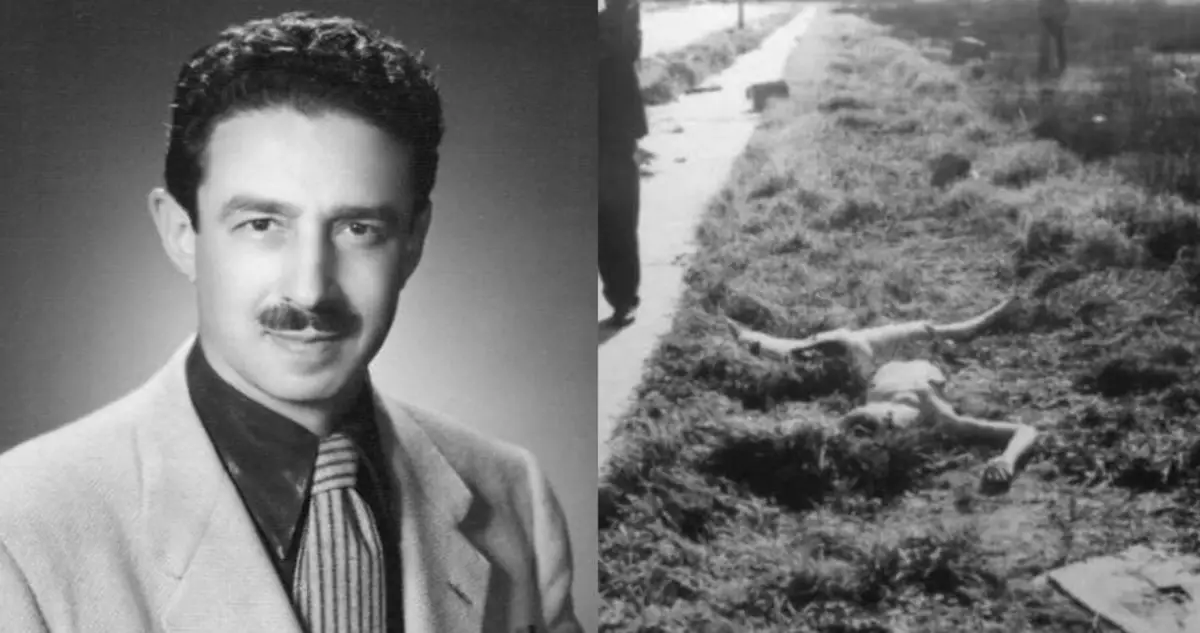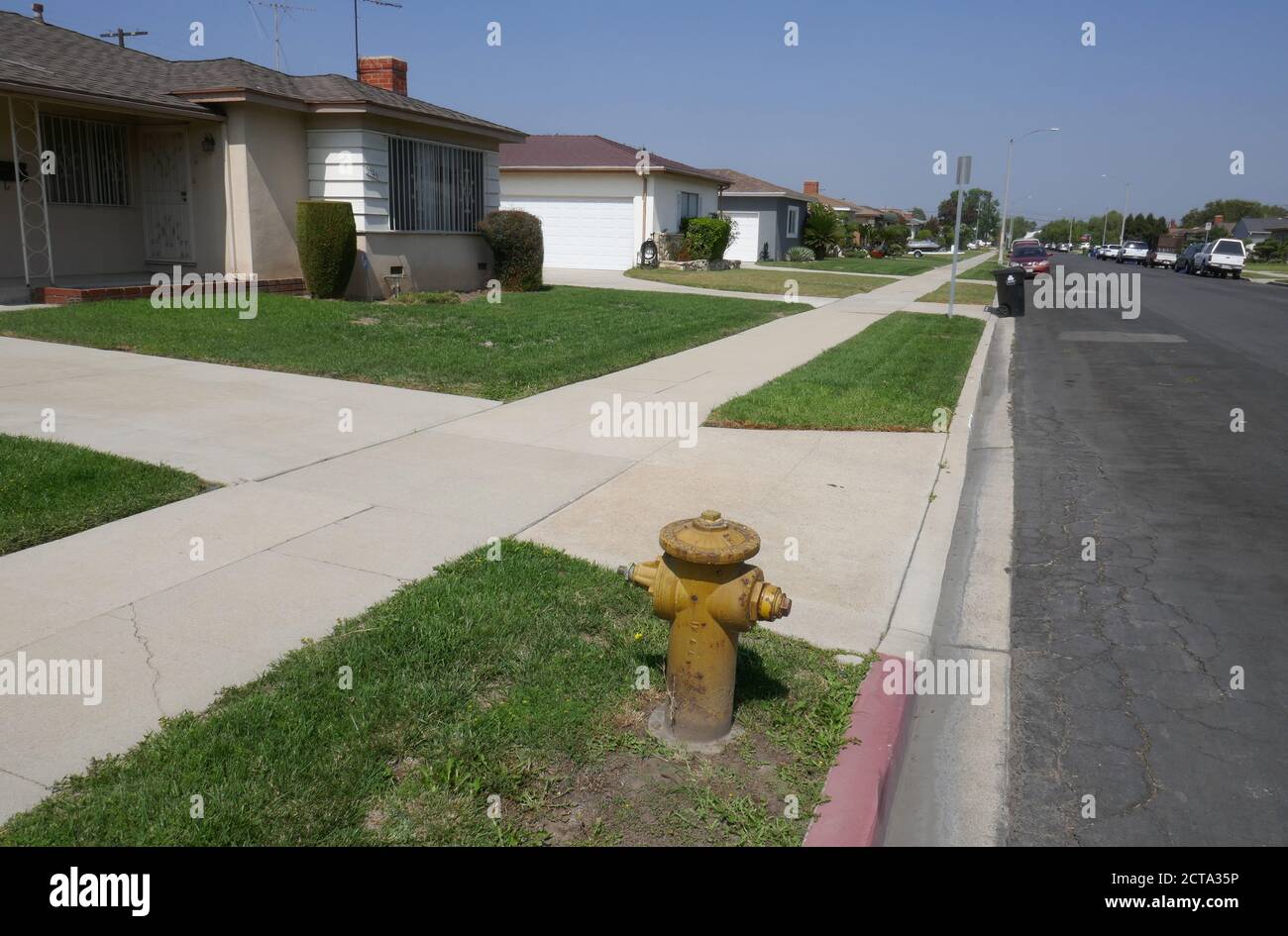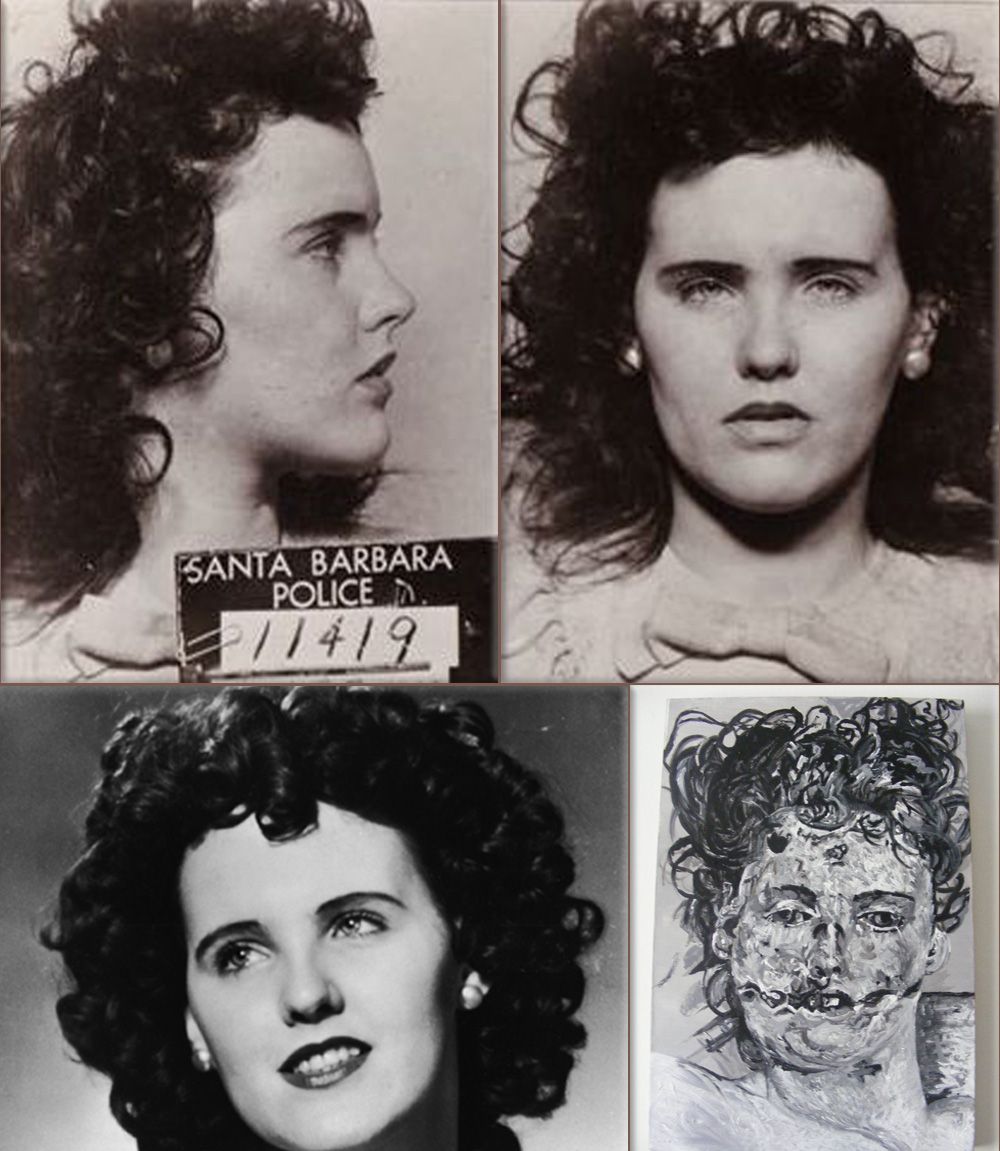Unveiling The Shadows: The Elizabeth Short Crime Story
When you delve into the world of unsolved mysteries, one name stands out—Elizabeth Short. Often referred to as the "Black Dahlia," her tragic story continues to captivate and haunt us decades later. This isn’t just a crime; it’s a piece of history that has left an indelible mark on the annals of true crime. Today, we’re diving deep into the dark corners of this case, uncovering truths, myths, and everything in between.
Elizabeth Short’s story isn’t just about a murder—it’s a narrative of a young woman whose life was tragically cut short. Her death wasn’t just a random act of violence; it was something that shook the very foundation of Los Angeles in the 1940s. This case became more than just a homicide investigation—it became a symbol of the era’s darker underbelly.
As we explore the crime surrounding Elizabeth Short, we’ll take you through the events leading up to her death, the investigation, and the theories that have persisted for years. This isn’t just a story—it’s a journey into the complexities of human nature and the lengths people will go to in the pursuit of justice.
Read also:Caliman Funeral Services Inc Obituaries A Heartfelt Journey Through Life And Legacy
Who Was Elizabeth Short?
Before we dive into the crime, let’s take a moment to understand who Elizabeth Short was. Born on July 29, 1924, in Boston, Massachusetts, Short lived a life that was anything but ordinary. She was known for her striking beauty and ambition, qualities that made her stand out in a crowd.
Elizabeth moved to Los Angeles in search of fame and fortune, hoping to make it big in Hollywood. However, her dreams were cut short by a brutal murder that left the city—and the world—in shock.
Biography of Elizabeth Short
Let’s take a closer look at the life of Elizabeth Short through a brief biography:
| Full Name | Elizabeth Short |
|---|---|
| Nickname | Black Dahlia |
| Date of Birth | July 29, 1924 |
| Place of Birth | Boston, Massachusetts |
| Date of Death | January 15, 1947 |
| Place of Death | Los Angeles, California |
| Occupation | Aspiring Actress |
The Crime That Shook Los Angeles
On January 15, 1947, a grisly discovery was made in a vacant lot in Leimert Park, Los Angeles. Elizabeth Short’s body was found mutilated and divided into two parts, with a ghastly smile carved into her face. This crime wasn’t just brutal; it was a spectacle that left the city reeling.
The investigation into Elizabeth Short’s murder quickly gained national attention. Dubbed the "Black Dahlia" case by the press, it became one of the most infamous unsolved murders in American history. The crime scene photos and details were gruesome, and they painted a picture of a killer who was both methodical and sadistic.
Key Details of the Crime
- Location: A vacant lot in Leimert Park, Los Angeles.
- Date: January 15, 1947.
- Condition of the Body: Severed in half, face mutilated with a "Glasgow smile."
- Investigation Status: Unsolved to this day.
The Investigation
Law enforcement threw everything they had at solving the Elizabeth Short crime. Detectives worked tirelessly, following leads and interviewing countless individuals, but the case remained elusive. The LAPD received numerous tips and confessions, many of which turned out to be hoaxes.
Read also:Inland Empire Craigslist Tools For Sale By Owner Your Ultimate Guide
The investigation faced numerous challenges, including a lack of forensic technology and the sheer volume of information that needed to be processed. Despite the efforts, the killer remained at large, and the case eventually faded from the headlines, though it never left the public consciousness.
Challenges Faced by Investigators
- Limited Forensic Evidence: The technology of the time wasn’t advanced enough to fully analyze the crime scene.
- False Confessions: Many individuals came forward claiming responsibility, complicating the investigation.
- Media Sensationalism: The press coverage often overshadowed the facts, leading to misinformation.
Theories Surrounding the Elizabeth Short Crime
Over the years, numerous theories have emerged about who might have committed the Elizabeth Short crime. Some point to a serial killer, while others suggest it was a crime of passion. Theories range from the plausible to the outlandish, but none have been proven.
One theory suggests that Short’s killer was someone she knew, possibly a jilted lover or acquaintance. Another theory posits that she was a victim of a serial killer who targeted young women in Los Angeles during that era.
Top Theories
- Serial Killer Theory: Suggests that Short was one of many victims of a killer targeting young women.
- Acquaintance Murder Theory: Proposes that the killer knew Short personally.
- Copycat Theory: Believes the crime was inspired by similar murders in the area.
The Impact on Society
The Elizabeth Short crime had a profound impact on society, both in Los Angeles and beyond. It highlighted the dangers faced by young women in urban areas and sparked conversations about safety and justice. The case also brought attention to the need for better forensic techniques and more thorough investigations.
Short’s story continues to inspire books, movies, and documentaries, ensuring that her memory lives on. It serves as a reminder of the importance of seeking justice for all victims of crime, no matter how long it takes.
Legacy of the Black Dahlia
The legacy of Elizabeth Short, or the Black Dahlia, extends far beyond the crime itself. It has become a symbol of the fight for justice and the need to remember those who have fallen victim to senseless violence.
Lessons Learned from the Elizabeth Short Crime
From the Elizabeth Short crime, we learn the importance of advancements in forensic science and the need for transparency in investigations. The case also underscores the value of preserving evidence and maintaining detailed records for future reference.
Law enforcement has evolved significantly since the 1940s, and while the Elizabeth Short crime remains unsolved, the lessons learned have undoubtedly helped solve other cases.
Advancements in Forensic Science
Today, forensic science has advanced to a point where DNA evidence, digital forensics, and other technologies can help solve crimes that would have been impossible to crack in the past. The Elizabeth Short crime serves as a reminder of how far we’ve come and how much further we need to go.
Conclusion
In conclusion, the Elizabeth Short crime remains one of the most captivating and tragic stories in the annals of true crime. While the case remains unsolved, it continues to inspire discussions about justice, safety, and the importance of remembering those who have fallen victim to violence.
We invite you to share your thoughts and theories in the comments below. Engage with the conversation, and remember that every voice contributes to the collective pursuit of justice. Stay tuned for more insights into the world of true crime, and keep exploring the mysteries that shape our understanding of human nature.
Table of Contents
- Who Was Elizabeth Short?
- The Crime That Shook Los Angeles
- Biography of Elizabeth Short
- The Investigation
- Challenges Faced by Investigators
- Theories Surrounding the Elizabeth Short Crime
- Top Theories
- The Impact on Society
- Legacy of the Black Dahlia
- Lessons Learned from the Elizabeth Short Crime
- Advancements in Forensic Science


